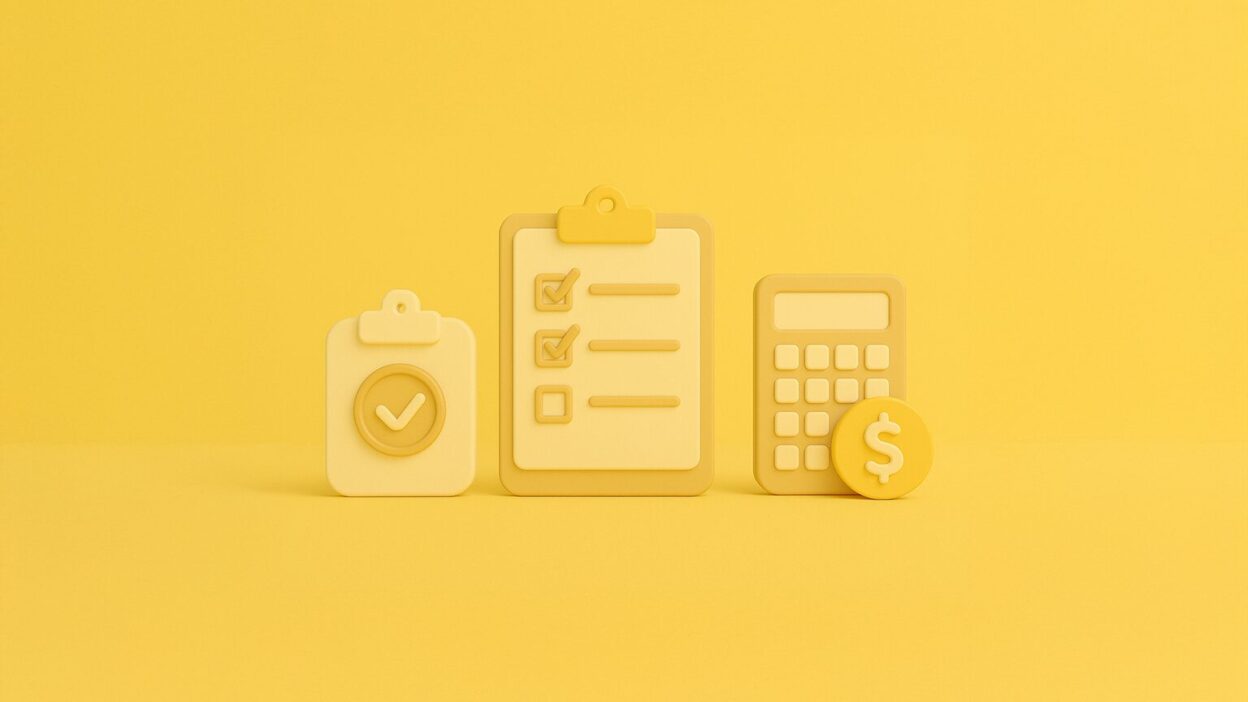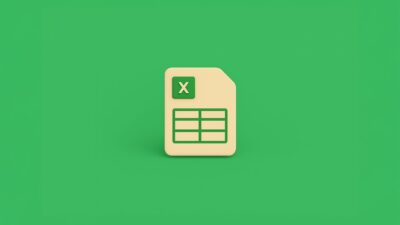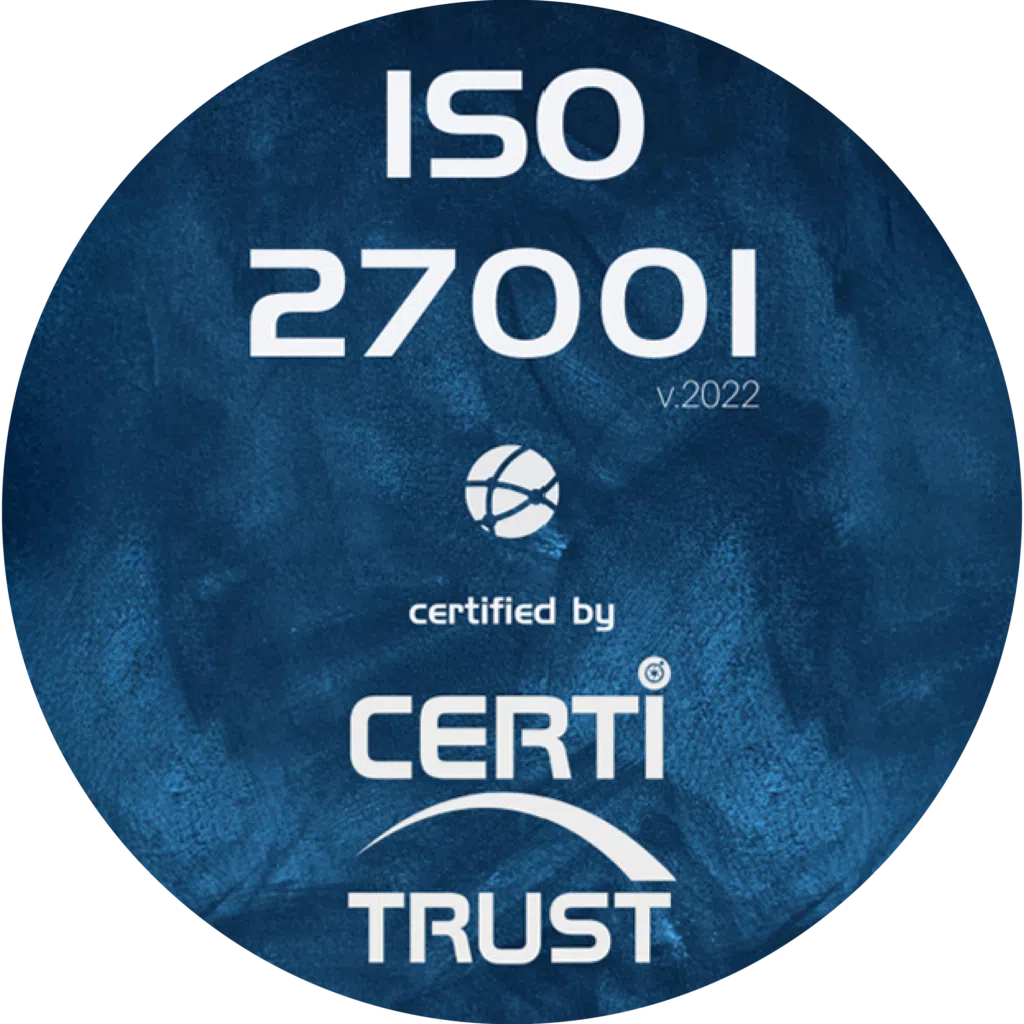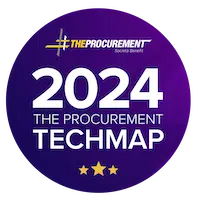No matter what anyone says, the purchase order is a useful tool for making a purchase intention concrete, especially as it provides security for both the company and the customer.
To be valid, however, it must meet a number of criteria. If you’re not sure what information to include on your order form, you’ve come to the right place. In this article, we share with you everything you need to know to draw up a legal and effective purchase order.
What is a purchase order?
A purchase order is an official commercial document binding the seller and the buyer. In the form of a contract, both buyer and supplier must respect their own commitments.
- Delivery of products for the seller.
- Receipt and payment of purchases by the buyer.
This agreement is known as a synallagmatic contract. Both parties have a reciprocal commitment.
Unlike a quotation, a purchase order validates the conditions of a transaction between seller and buyer. Establishing a legal framework through this type of document secures the sale, whatever the business activity. Purchase orders should not be confused with delivery notes
The purchase order confirms the existence of customer orders, thus providing protection for both seller and buyer. However, it is not a mandatory document in the formalization of a commercial exchange. Each company is free to use it or not. In absolute terms, the two parties can agree on the order and on a price to validate the commercial service, without having this type of document. Informal agreements are quick, but they do not guarantee payment or delivery of the right product or service.


How to create an effective purchase order?
Before creating a purchase order, it’s important to understand its purpose. Perceived as a commercial document, the purchase order centralizes all the main information the customer needs to know before committing to a sale. Above all, it proves the existence of a commercial exchange between seller and buyer. It is therefore essential to communicate all useful data, both for traceability purposes and to ensure that the goods are properly received after delivery. When issued by the buyer, a purchase order must always contain certain information
It is important to mention :
- The order number and the date on which it was issued,
- The buyer’s identity: company name, legal form, SIRET number, share capital, address of registered office or billing address, and the first and last name of the person placing the order,
- Intracommunity VAT number,
- Supplier identity: company name, registered office address, supplier code or contact,
- Reference of original quotation, if applicable,
- Description of order content, including product identification with essential characteristics, product quantity, unit price excluding VAT and applicable VAT rate,
- The total amount of the order, excluding and including VAT, including a total amount excluding VAT for each product line ordered,
- Delivery terms, such as delivery date and shipping costs,
- Terms of payment, including the customer’s means of payment, possible down-payments and payment deadlines,
It’s a good idea to enclose the purchasing company’s general purchasing conditions. A valid purchase order includes all the information listed above, as well as the supplier’s general terms and conditions of sale, which are also important to know. It is also important to be familiar with the supplier’s general terms and conditions of sale, which are binding in the event of a commercial disagreement.
What else do I need to know?
A transaction implies a large number of legal mentions which it is important to include at some point in the sales management process. When the purchase order is issued by the supplier, they must be explicitly indicated on the order form, otherwise there is a risk of penal sanctions.
On the other hand, when the purchase order is issued by the buyer, the terms of delivery or payment are generally known upstream, either through the acceptance of a quotation, or through a defined contractual relationship.
A purchase order implies acceptance of the general sales conditions (GSC). This is an essential part of the transaction. It’s important to ensure that the buyer and other parties involved in the purchase are familiar with the supplier’s general terms and conditions of sale, and accept them before embarking on a purchasing procedure.
When is a purchase order accepted?
Once issued by the buyer, the purchasing department, or the person intending to buy from a company, the purchase order is accepted as soon as the supplier has acknowledged receipt.
This means that the supplier undertakes to honor the order under the conditions stipulated. The buyer is aware of the conditions, since he has forwarded the document. It is at this point that a purchase order takes on legal force, involving both buyer and seller. Both must respect their commitments.
If the delivery does not conform to the product designation on the purchase order, payment may be called into question because the commitment has not been honored. This leads to a commercial dispute, which can be resolved in various ways.
Finally, the withdrawal period defined by the Hamon Law (article L. 121-21 of the French Consumer Code) does not apply to professionals with more than 5 employees. The fourteen-day cooling-off period, which gives every buyer the right to cancel a purchase, was initially introduced for private individuals and then more recently for professionals, provided they meet three conditions: have fewer than 5 employees, buy online and have a field of activity different from that of the company.
This legal period begins when the contract is signed for the provision of services, or from delivery for the sale of goods. It is not necessary for the customer to wait for receipt of the goods in order to exercise the right of withdrawal, regardless of the method of payment. Only the right of withdrawal can break the sale after the purchase order has been signed.
Create your purchase order with SaaS management software
Thanks to purchasing management software, companies can now save time when it comes to issuing purchase orders. Initially covered by an ERP system, or by a paper notebook, purchase order editing is now more accessible and simpler thanks to dedicated software. A tool such as Weproc improves supplier relations and easily generates purchase orders with validation circuits. Once the purchase order has been transmitted by the purchasing department, it simply needs to be reconciled with the supplier invoice.
The creation and editing of this type of document through management software ensures that documents are compliant and that all relevant information is correctly mentioned. Legislation is automatically complied with. What’s more, you’ll be able to track your orders more easily, and save a considerable amount of time throughout the entire ordering process.
From now on, you’ll have everything you need to create an efficient purchase order, which you can use for future transactions and which offers you additional security. Would you like to save time and ensure that your supplier orders comply with your spending policy? Use supplier management software to support your purchasing function in these tasks, and save time for your value-added tasks.
Want to learn more about our Weproc procurement management software?
Contact us or request your 15-minute demo below!









